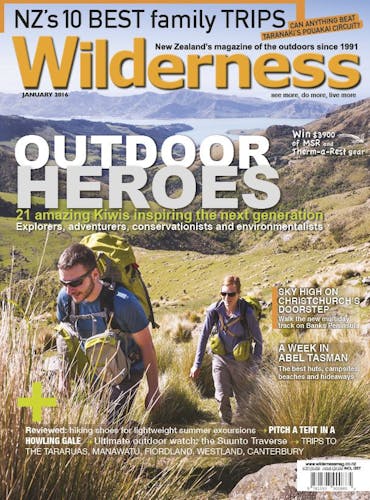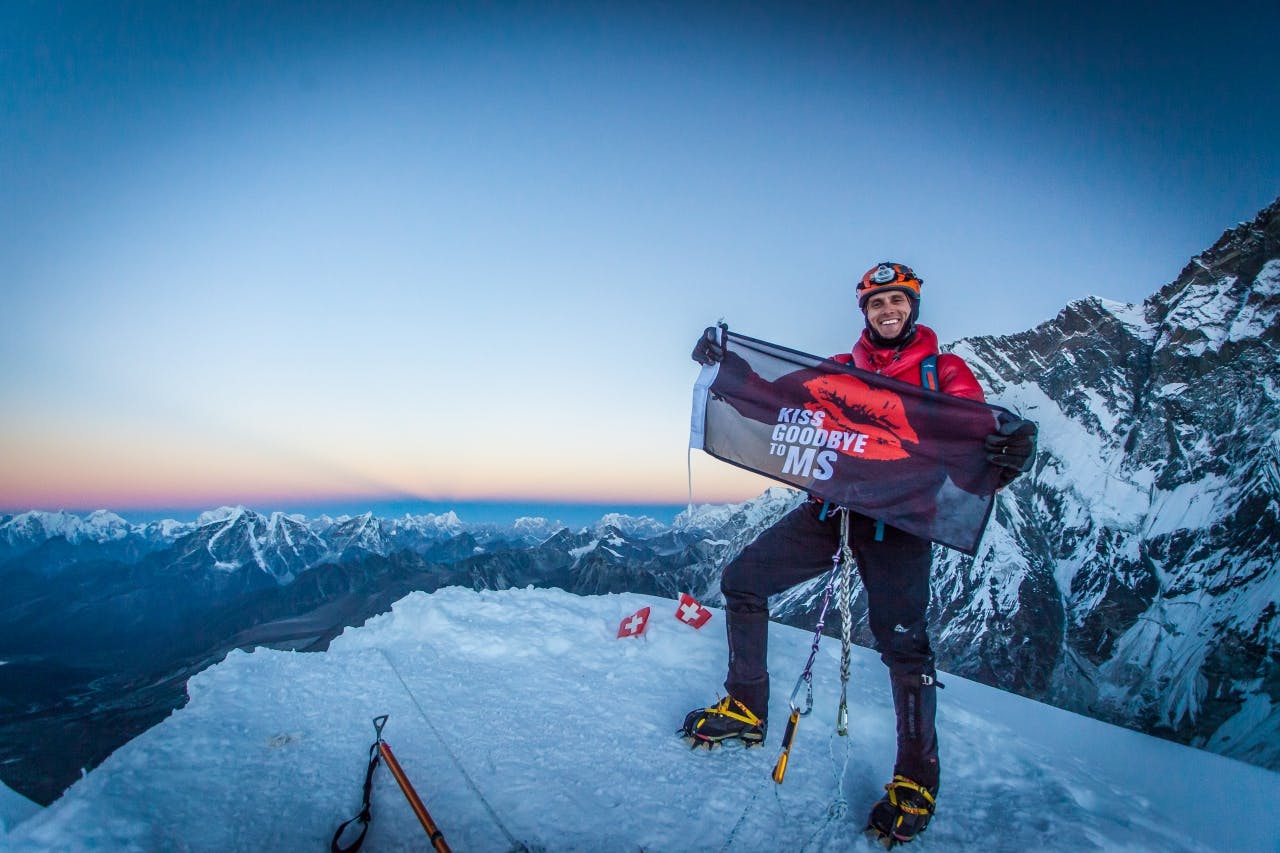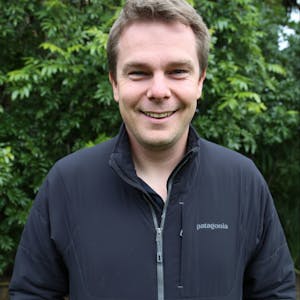Nick Allen, founder of the Mastering Mountains Trust
Four years ago, Nick Allen could only travel in a mobility scooter. Having been diagnosed with multiple sclerosis (MS) aged just 25, he could no longer walk on anything other than a flat surface, and even then only for a couple of minutes.
Mentally, he’d accepted the inevitable downhill slide. His doctor had told him physical exertion would only make things worse. A keen tramper and climber in his teens, Nick’s childhood dreams of alpine climbing and Himalayan ascents were over, so he thought.
“I thought it was a death sentence and there was no point in trying because my life was over,” recalls Nick, now 30. “I was in denial and didn’t want responsibility for a solution.”
MS affects the central nervous system and can cause – among other things – visual impairment, loss of coordination, loss of balance, fatigue and bladder problems. Nick’s parents, with whom he lived at the time in Taupo, returned from an MS conference with handfuls of books and DVDs about the difference diet and exercise can make to the quality of life of an MS sufferer. Neither Nick nor his parents could have dreamt of the enormity of this change.
Dietary changes meant no gluten, dairy or sugar. At the gym he began with painfully basic balancing exercises and squats, while accomplishing his first walks along his local streets.
Although he found the gym boring, the realisation it was making a difference was a tremendous motivator and his first forage into the backcountry was to Waihohonu Hut in Tongariro National Park. Anyone who has walked that track will know it’s an easy two-hour jaunt to the hut. But for Nick, the return trip took three days.
“I would often get tired, lie down and sleep for a few minutes next to the track, then get up and start again,” he says of his solo tramp. He spent the first night camped next to a stream and the second night at the hut before walking out.
Waihohonu became a favourite spot and Nick would complete gradually longer and longer trails there. Keen to get back into alpine climbing, he signed up for snowcraft courses which he found far more manageable than he’d imagined. “The big thing was struggling with grip strength,” he says. “Rock climbing was very hard, but I found climbing with ice tools easier to do.”
Towards the end of 2014, Nick achieved what he’d always thought “100 per cent impossible”; he summited Mt Ruapehu – an experience that changed his perception of his capabilities. “It was so exhilarating,” he says. “I realised my doctor’s advice about not pushing myself was maybe not the best. Maybe it was OK to push a little bit harder.”
And push harder he did, joining a friend for an ascent over Ball Pass in Aoraki/Mt Cook National Park – the trip Nick singles out as giving him the most self belief.
“Mountains would give me a sense of torment and when I was in the Hooker Valley, Ball Pass looked so huge that getting to the top seemed impossible,” he recalls. “But at the top I saw so many other mountains and thought ‘I might be able to do that ridge, that pass’. Having achieved this climb that looked so monumental, I realised I can do other stuff.”
The same friend with whom he’d climbed Ball Pass invited him on a month-long trip to Nepal and the chance for Nick to achieve his dream of climbing in the Himalayas. He took a year away from his studies in Palmerston North to train, with trips to the likes of Single Cone in The Remarkables and Mts Angelus and Hopeless in Nelson Lakes National Park.
By the time he reached Nepal in October 2015, he was confident he had the fitness to cope with long days in the mountains. The major summit for him was the 6189m Island Peak (Imja Tse). After several days of acclimatisation, the summit day involved a scramble up a rock face, a walk across an ice plateau, then a 200m fixed-rope ascent to the final needle-sharp ridge to the top.
The team blitzed an eight-hour climb in four, summiting before sunrise.
“The top was just mind blowing,” says Nick. “There was no breath of wind, no clouds. We stayed there for 45 minutes as the sun rose and we could see the light hitting each peak one-at-a-time. To observe something like that was incredible.”
Nick has further climbing ambitions, including Aoraki/Mt Cook in 2016 and another trip to Nepal, but his main focus is on his newly-formed scholarship trust: Mastering Mountains.
“I often found MS meeting groups depressing, so I thought, why not create a community where people with MS do cool stuff rather than talk about their problems all the time.
“MS is increasingly a young person’s disease. I’m keen to help sufferers realise they can still have a rewarding life – they don’t have to give up.”
The trust is in its early stages and the money it receives will go to the Multiple Sclerosis Society specifically to support those with MS getting into the outdoors.
“There are people for whom the disease has progressed to the point where they can’t get out and tramp, and they can feel isolated from the mountains just as I did,” says Nick. “I’d like to help those people, perhaps with a helicopter trip into the mountains, so they can enjoy being in an alpine environment for a couple of hours. Someone who’s visually impaired might need a guide to help them along a track.”
Nick hopes to lead a group of more active MS sufferers along the Queen Charlotte Track, where packs can be transported by water taxi. Find out more about the trust at masteringmountains.org.








